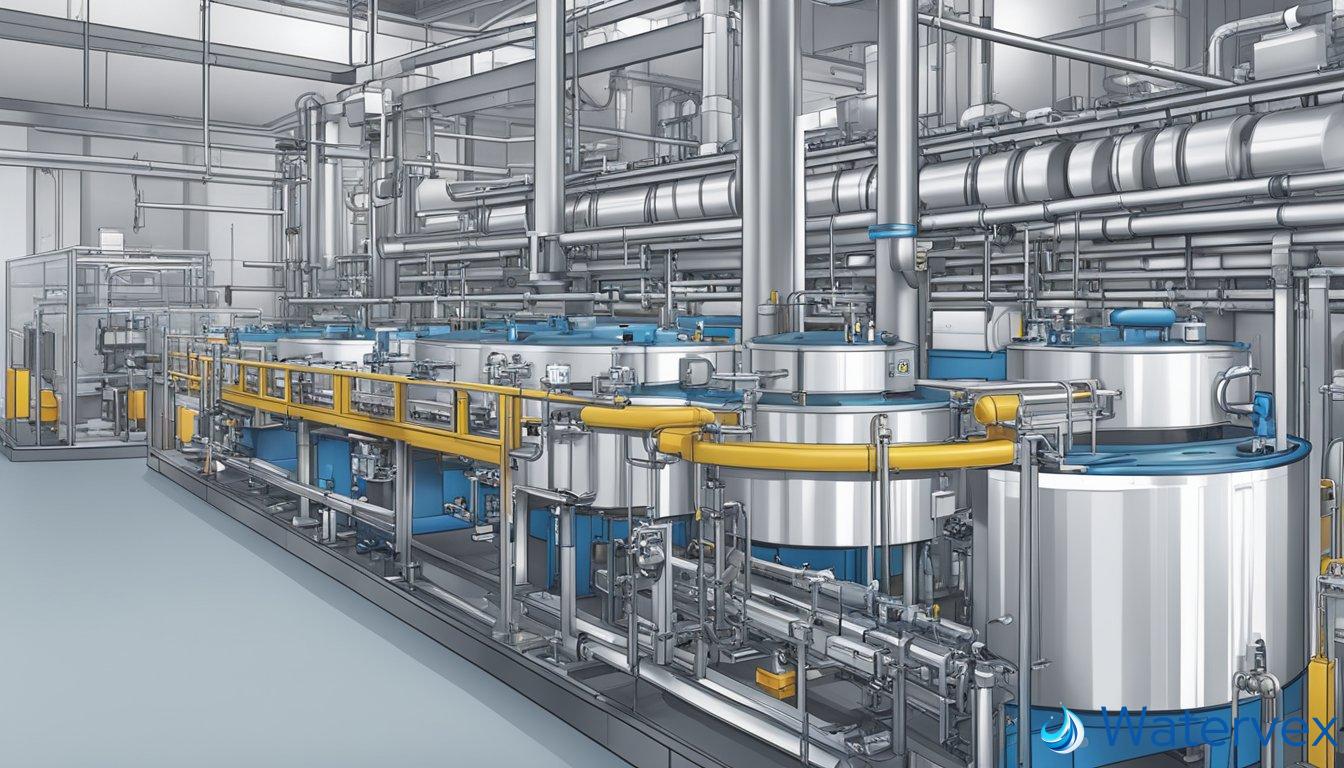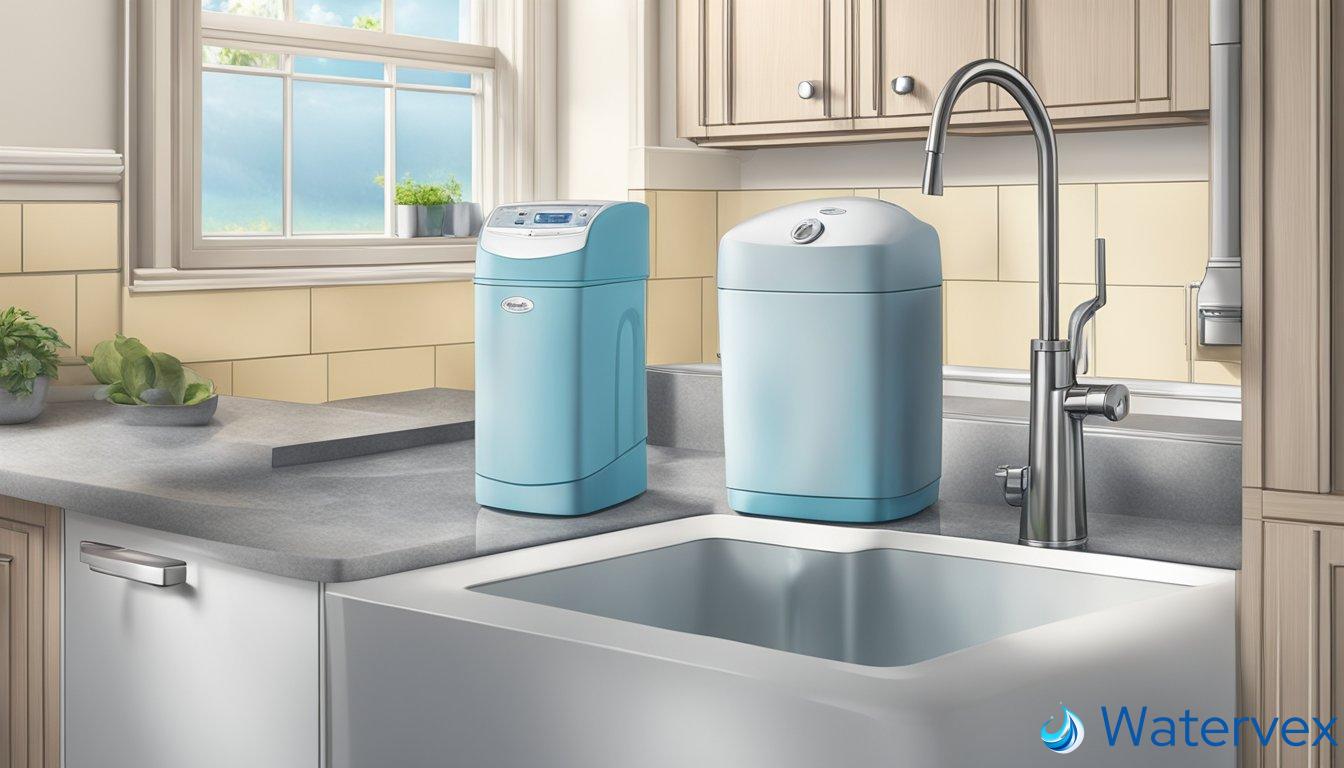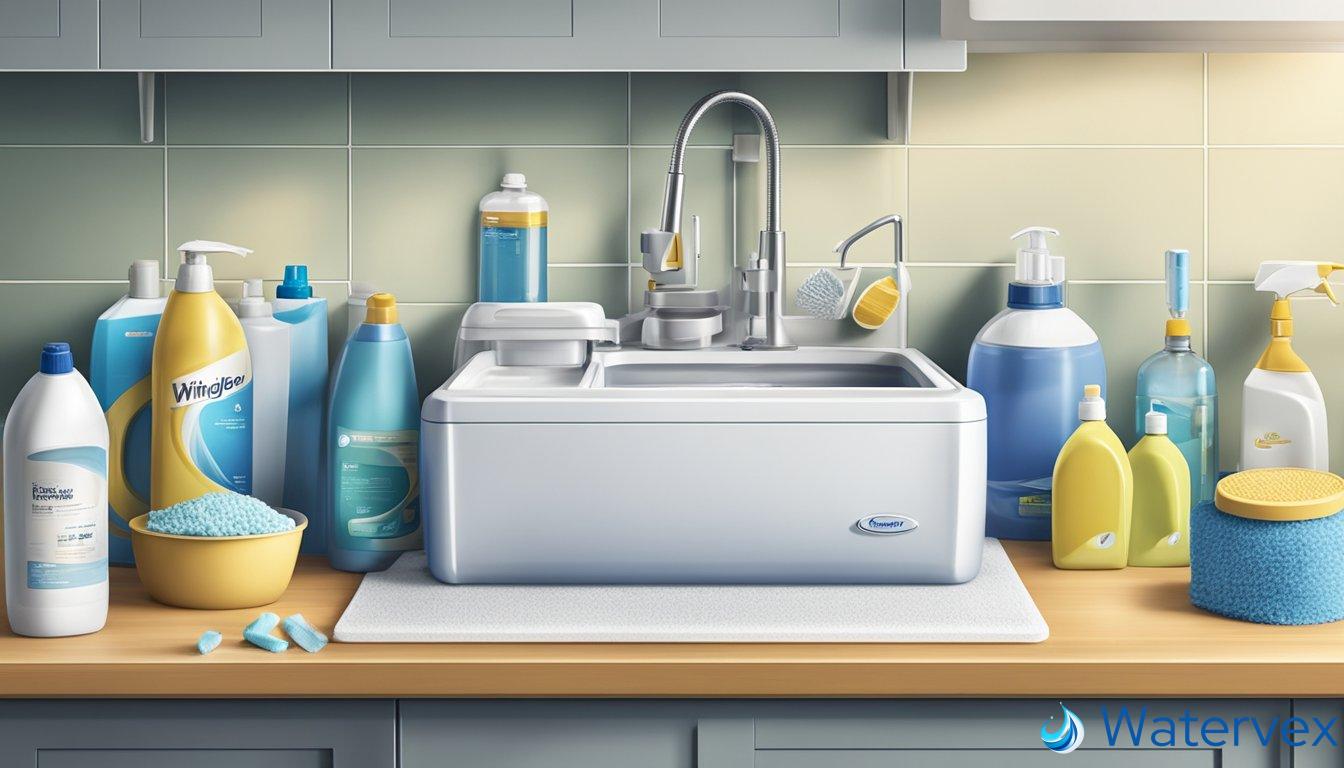When looking for a water softener that fits seamlessly into your home, Whirlpool stands out as a trusted name in household appliances. Understanding who manufactures these water softeners can help you make an informed decision for your household water needs. The brand known for its innovative home solutions produces a variety of water softeners designed to mitigate the effects of hard water, ensuring that your appliances have a longer life span and that your home water is of a higher quality.

As concerns about water quality and the adverse effects of hard water on home appliances grow, many homeowners turn to water softeners as a solution. Whirlpool water softeners are crafted to address these concerns by removing minerals like calcium and magnesium from your water supply. This process not only prevents scale buildup but also improves water taste and safeguards your health. With a range of models and capacities, Whirlpool offers solutions tailored to different household sizes and preferences.
Key Takeaways
- Whirlpool provides water softeners that cater to diverse household needs.
- These softeners efficiently remove calcium and magnesium, improving overall water quality.
- The right Whirlpool water softener can prolong appliance life and enhance home water usage.
Manufacturing Insights

When selecting a water softener for your home, it’s crucial to understand where and how these appliances are produced. The following insights will give you a clearer picture of the production process behind Whirlpool water softeners.
Who Is Behind the Manufacturing of Whirlpool Water Softeners?
Whirlpool Corporation, the world’s leading appliance manufacturer, is responsible for the creation of their own water softeners. With a commitment to innovation and efficiency, their water treatment products emerge from thorough research and development efforts. Whirlpool Corporation stands behind each product with its vast experience in manufacturing reliable appliances.
What Company Collaborates with Whirlpool for Their Water Treatment Products?
While Whirlpool Corporation manufactures its array of appliances, it also collaborates with strategic partners for various components and technologies. These collaborations are poised to enhance the efficiency and energy conservation of Whirlpool water softeners, reflecting a dedication to high-quality, sustainable home water solutions.
Are Whirlpool Water Softeners Produced Internationally or Domestically?
Whirlpool Corporation boasts a global presence with locations in over 70 countries. However, a significant portion of their water softeners are produced domestically. This ensures adherence to strict quality and efficiency standards while supporting local manufacturing sectors. It’s a strategic balance that caters to international quality with the benefits of local production.
Product Features and Benefits

When you’re considering a Whirlpool water softener, the specific features and benefits of the products are crucial. These water softeners are designed to improve your home’s water quality, providing both practical and health advantages.
Design and Capacity
Whirlpool water softeners are available in both single-tank and dual-tank configurations to suit different household sizes and water demands. For instance, the tank is sized to efficiently manage your home’s water usage. With varying grain capacities, these systems can cater to both small and large homes, ensuring that you have softened water whenever you need it.
Efficiency and Performance
Central to the Whirlpool softeners’ efficiency is the demand initiated regeneration process, which means the system only regenerates when necessary. This not only saves on salt and water, but ensures peak performance. The high-flow valve serves to maintain water pressure throughout your home, even during the regeneration cycle. Maintenance is minimal, typically only requiring salt replenishment, making them practical for busy families or individuals focused on the quality of their tap water.
Installation and Maintenance
When setting up your Whirlpool water softener, identify the location. Ensure it’s near both a power source and a drain. This will facilitate the connection of the drain line crucial for the system to function properly.
Installation Instructions:
- Place the water softener close to a drain to avoid water damage.
- Install the unit following the installation instructions provided, ensuring it complies with local codes.
- Use the correct size plumbing connections, matching your home’s piping.
Maintenance Tips:
- Regularly check salt levels to maintain efficiency for removing hard water minerals.
- Clean the brine tank annually to prevent salt bridges.
- Inspect and replace resin beads if you notice decreased softening capacity.
For replacement parts, refer to the manufacturer’s website or contact customer service. It’s beneficial to use NSF certified components to ensure quality and safety.
Remember:
- Avoid interruptions in service by periodically checking the system.
- Consult the manual for specific guidelines relating to maintenance schedules.
By attentively monitoring and maintaining your water softener, you’re making a solid investment in prolonging its service life and enhancing your household’s water quality.
Consumer Considerations

When considering the purchase of a Whirlpool water softener, cost and warranty are two crucial factors. Whirlpool offers a variety of water softening systems with prices that may be influenced by features such as low-salt indicators or high grain capacity. Before making a decision, compare Whirlpool water softener prices across retailers like Home Depot and Amazon, keeping an eye out for potential savings.
- Cost: Whirlpool water softeners have varying prices.
- Warranty: Often includes a 5-year warranty.
Maintaining quality water in your home is essential for the health of your family and longevity of home appliances. A reliable softener can help prevent scale buildup and extend appliance

